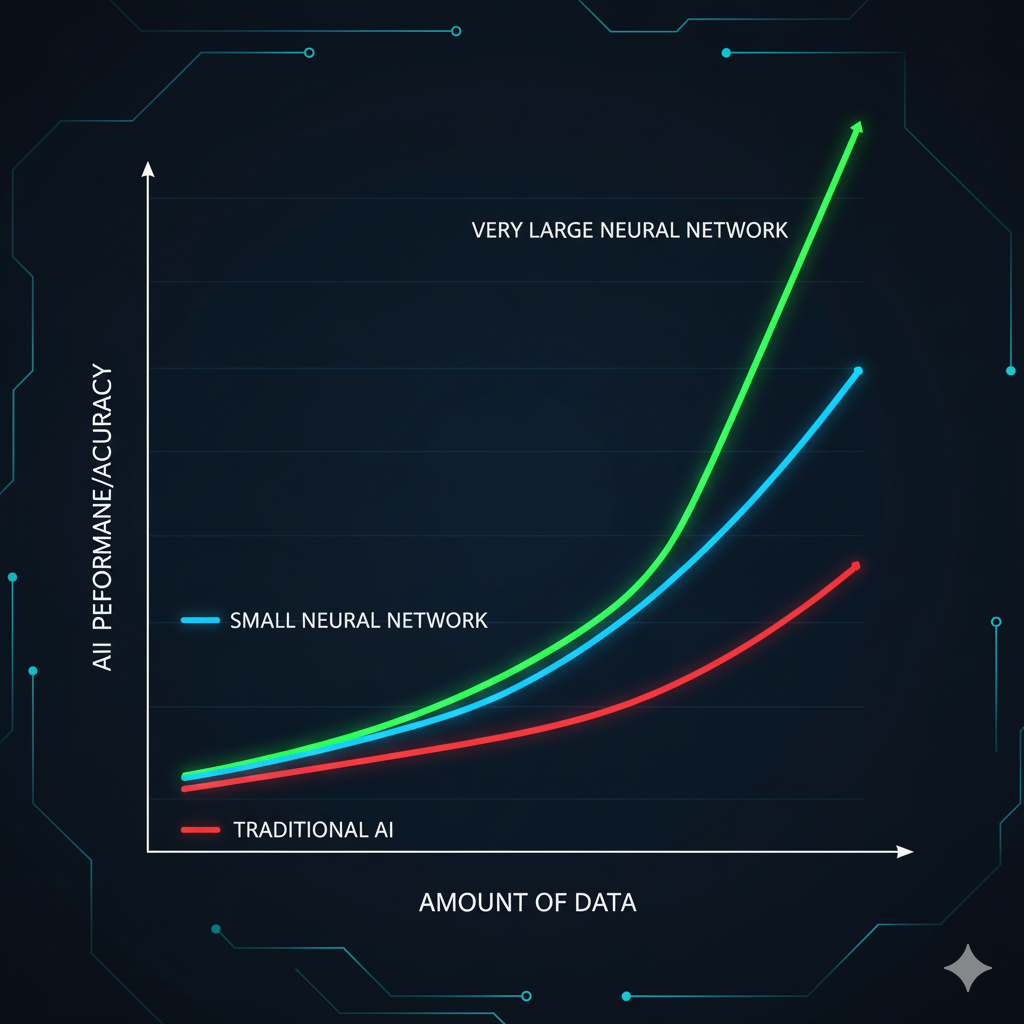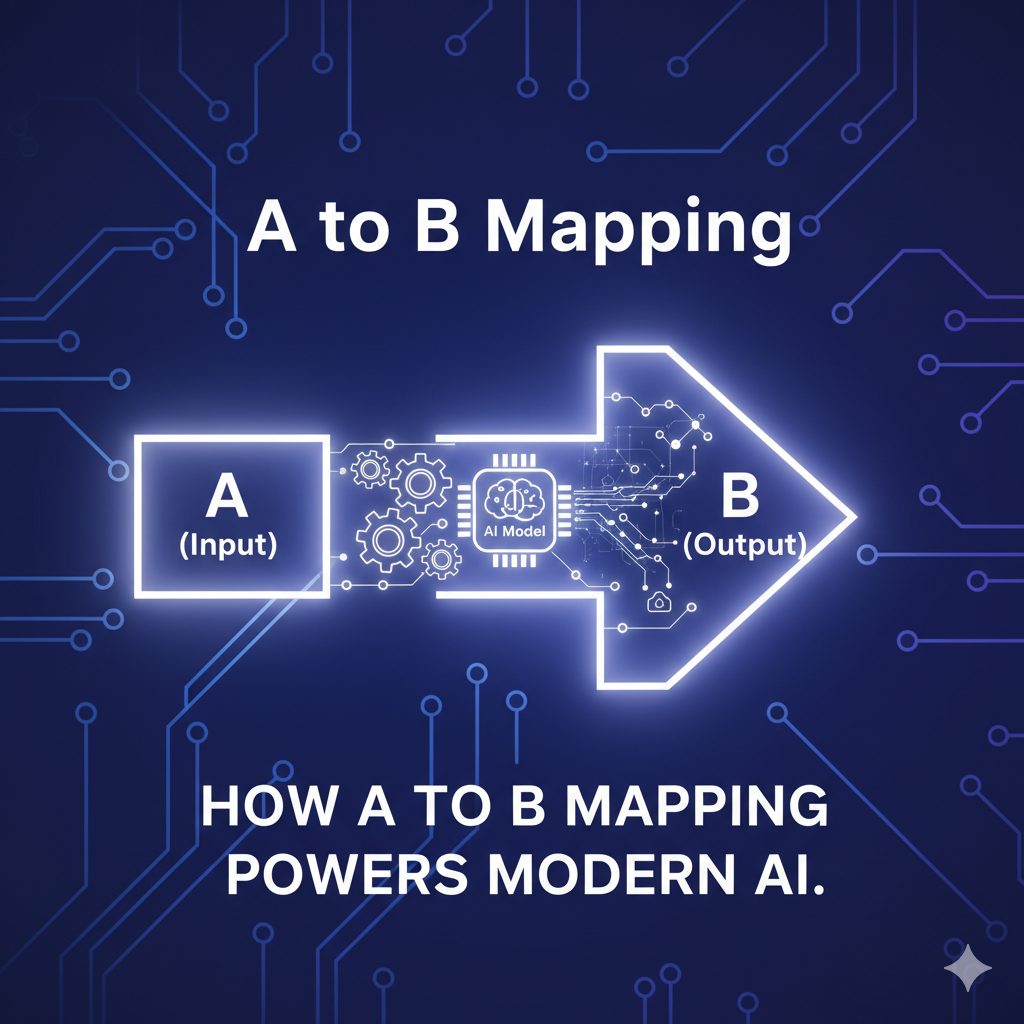If AI is the car, then Machine Learning is the engine. And the most powerful engine inside it is something called Supervised Learning. Understanding this one idea helps you see how most of today’s AI really works.
The Simple Idea of A to B Mapping
At its heart, supervised learning is about learning how to go from one thing to another. The input is called A, and the desired output is called B. It may sound almost too simple, but this pattern is the foundation of nearly every AI system in use today.
| Input (A) | Output (B) | Example Use |
|---|---|---|
| Email text | Spam or Not Spam | Email filters |
| Audio clip | Text words | Speech recognition |
| Image and radar data | Car positions | Self driving cars |
| Ad and user info | Click or No Click | Online advertising |
| A few words | The next word | Generative AI like ChatGPT |
This basic mapping is how machines learn patterns. It turns data into predictions and predictions into decisions.
Why Supervised Learning Took Off
Supervised learning has been around for many years. For a long time, its progress was slow and steady, and the results felt limited. Then something changed. The arrival of neural networks and the rise of deep learning completely transformed what was possible.
To understand why, imagine plotting a graph where performance rises as you feed more data into an AI system. In older systems, the performance curve would rise a little and then flatten out. No matter how much extra data you added, the system would stop improving. It simply could not learn more.

Neural networks, on the other hand, behaved differently. They kept improving as more data was added. A small network showed some improvement. A larger one did better. And when the models grew huge, their performance kept climbing higher and higher. The curve never seemed to flatten.
This change was not just about smarter ideas. It was about scale. Two things came together at the right time. First, companies started collecting massive amounts of data from the internet, apps, and sensors. Second, hardware like GPUs made it possible to train very large models much faster.
These two forces, data and compute, gave supervised learning a new life. Suddenly, models that once struggled could now learn patterns far beyond human imagination. That breakthrough is what pushed AI from the lab into the real world, powering tools like speech recognition, image search, and later, large language models such as ChatGPT.
Generative AI is Just Bigger Supervised Learning
Large Language Models such as ChatGPT may look magical, but they are built on the same foundation as supervised learning. The only real difference is scale. Instead of training on small datasets, they learn from hundreds of billions of words gathered from the internet.
The task they perform is simple. The model reads a sequence of words and tries to predict the next one. For example, if the training text says “My favorite drink is lychee bubble tea,” the model learns that the phrase “My favorite drink is” is usually followed by “lychee.” It stores this connection as one of countless A to B mappings.
When this process is repeated millions of times, the model slowly builds an understanding of language. It learns how words fit together, how ideas connect, and how context shapes meaning. Over time, it becomes capable of generating text that sounds natural, answers questions, and even reasons through complex topics.
So while it feels like the model is thinking or creating, it is really applying the same principle that powers all supervised learning. It looks at an input and predicts an output. The scale and training data make it seem intelligent, but at its core, it is still the same A to B mapping that drives every part of modern AI.
The Hidden Power of Simplicity
The beauty of supervised learning is how something so simple powers almost everything. From your phone’s photo app to voice assistants to autonomous cars to AI writing tools, it all begins with the same idea — learn to go from input to output.
Big data and big models turned that small idea into a trillion-dollar industry. And the journey from A to B is still far from over.



Leave a Reply